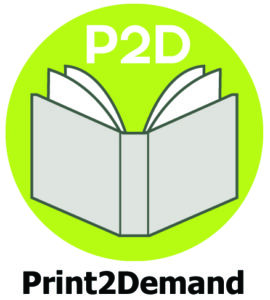
Print2Demand is one of ALLi's trusted Partner Members
What is offset litho anyway? As indie authors, we bandy about the term “print-on-demand” and “POD“, as that is generally the printing method used when we produce our paperbacks through suppliers such as CreateSpace and IngramSpark. However, it's easy to forget – or not to realise in the first place – that other methods are also available. Sometimes offset litho, used by big publishing houses,may be more appropriate for our books, especially if we require some special features not available via POD.
Today on the blog Dale Burgess, Sales Director of Books and Journals at ALLi Partner member Print2Demand, provides a useful guide to the help you choose which method is right for you and your book printing projects.
The vast majority of indie authors turn to print-on-demand services when it’s time to take their book public, and for good reason. However, there are certain cases in which conventional digital/offset printing is the way to go.
Knowing which type of printing service to use depends on authors’ publishing needs – and before any decision is made, it’s important to have a clear understanding of the two types of printing.
What is Print on Demand (POD)?
Developed for Publishers
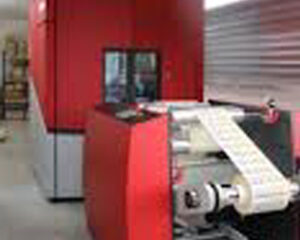
One of Print2Demands digital book printing machines
POD came to the fore more than seventeen years ago to help publishers manage the economics of deep backlists. In other words, it provided a way to keep older titles in print without being forced to print and store piles of physical books.
Flexible Option for Indie Authors
Today, and for a similar reason, self-published writers use print-on-demand as a flexible distribution strategy that allows them to make their work available in markets around the world, without making a significant upfront investment or dealing with the logistics of shipping, distribution, and storage.
Popular Print on Demand Platforms
Platforms like Smashwords, CreateSpace from Amazon, and IngramSpark allow indie writers to upload their work and sell it in various forms online. Readers can download e-books as desired, and print orders are fulfilled using digital printing technology only after a sale is made. The print-on-demand provider takes care of packaging and postage. Writers receive a percentage of each sale, which can vary depending on the company they’re dealing with.
Considering the ease of print-on-demand distribution, it’s obvious why a large number of self-published titles begin their lives on a POD platform.
But POD isn’t a universal panacea. There are several cases in which an indie author's needs are better met by conventional digital/offset printing.
What is Offset Litho Printing?
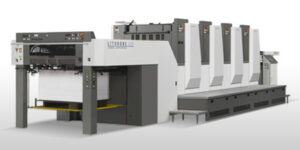
Offset litho technology requires a completely different machine – this is Print2Demand's Komori HUV press
Most commonly employed for large print runs, offset lithography is a commercial printing process. Ink is transferred from a plate, generally made of metal, onto a rubber sheet, which in turn is rolled onto paper being fed through a press. The large sheets of printed paper are then cut into book shape. Then they are sent to a bindery to be stitched into book form.
It’s how most major publishers print their books, The majority of books you see for sale in any brick-and-mortar bookstore were produced using offset.
The Added Extras Available via Offset Litho Printing
For many self-published writers, POD works because their product is simple: moderate page count, black-and-white text, regular paper size. It's the kind of thing a reader is more likely to download as an e-book, in any case. But if a book has any special considerations, POD won’t provide enough flexibility.
Such considerations might include:
- irregular paper size
- better paper choices
- colour images or photos
- high-quality reproductions
- inserts
- better choice of finishing options
These images demonstrate some attractive extra options available via offset litho:
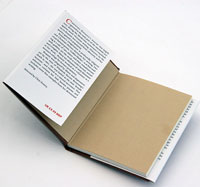
A loose jacket with colours endpapers for a hardback edition
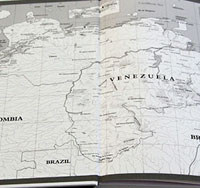
Printed endpapers in a hardback
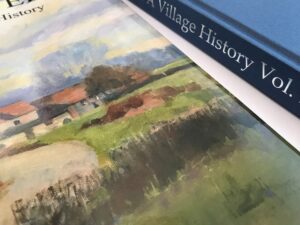
Hardback with cloth blocked spine and loose jacket
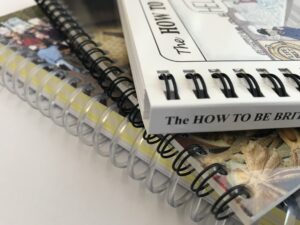
Wire-o or coil bound books – ideal for recipe books, instruction manuals, workbooks, music books, maps, for example

Dale Burgess of ALLi Partner Print2Demand will be happy to discuss your special printing requirements
Also, if a book is highly visual and includes drawings or photographs, the offset process will offer a better reproduction, and many more choices.
For More Information
If you would like to know more about the options available using either technology, or to discuss special requirements for your book project, Dale Burgess would be very pleased to talk to you – you can contact him via Print2Demand's website: www.print2demand.co.uk.
#Indieauthors - do you know what offset litho #printing is and the extra features if can offer your books? Here's a handy guide from a printer offering both offset & #printondemand. Share on XOTHER USEFUL POSTS TO HELP YOU UNDERSTAND AND MAKE THE MOST OF PRINT TECHNOLOGY
From the ALLi Author Advice Center Archive

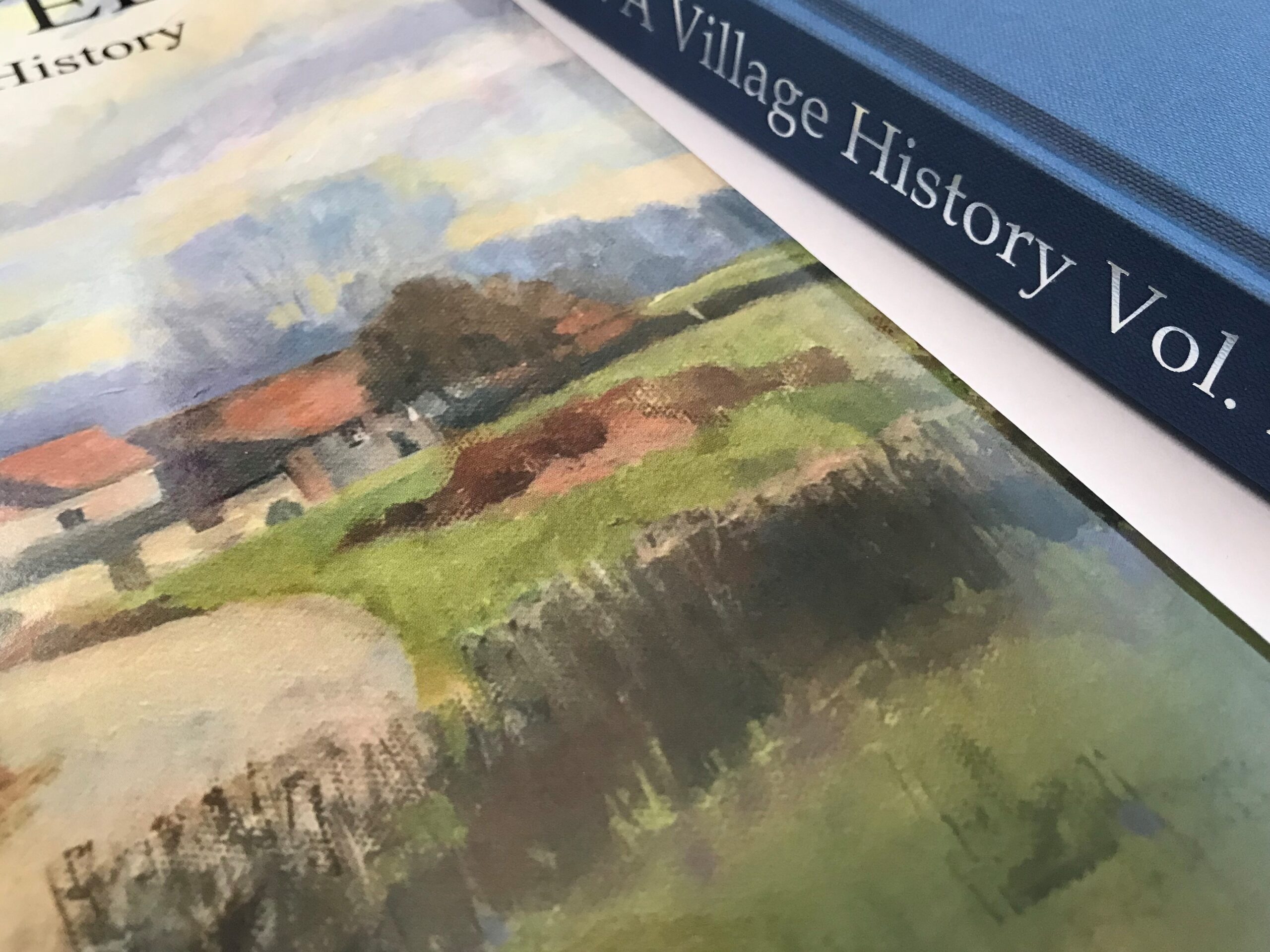

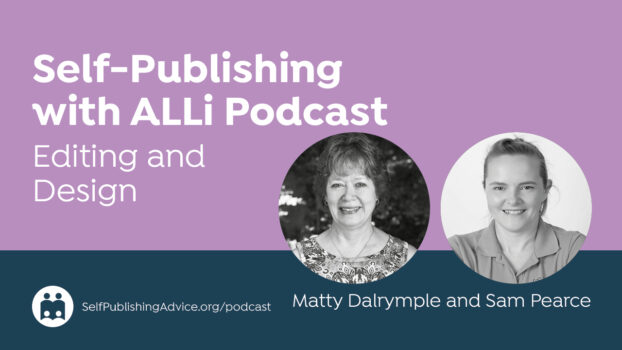
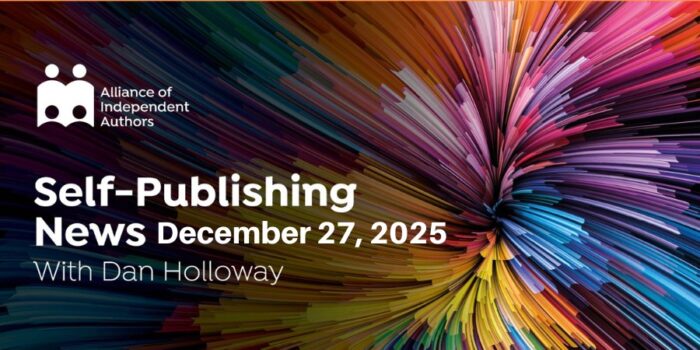
What is a typical minimum order for offset books?